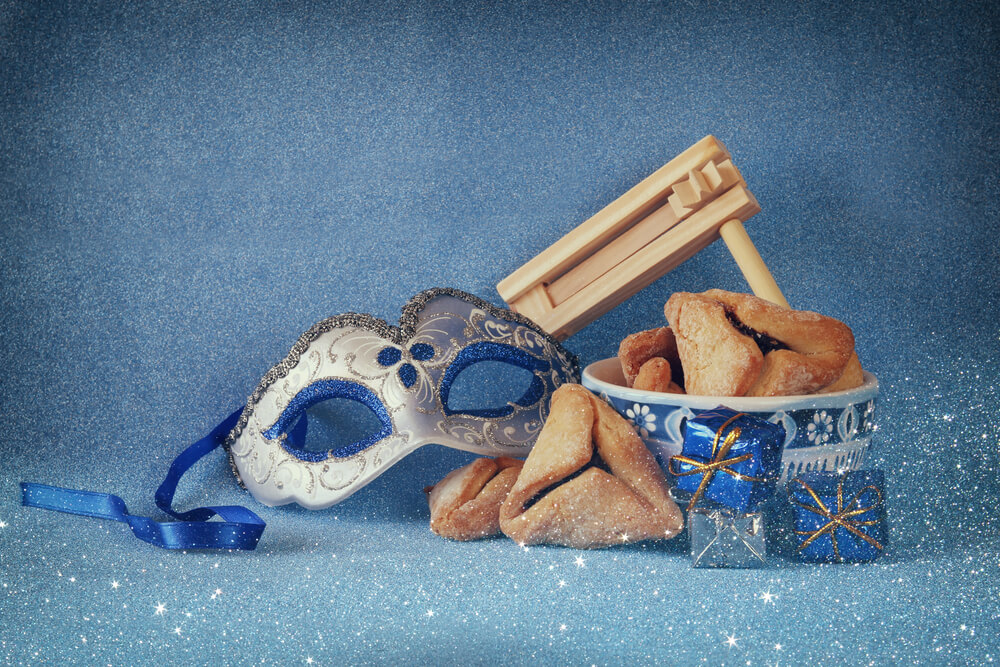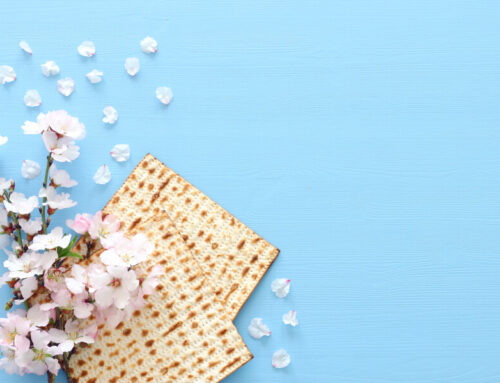Purim, a Jewish holiday celebrated on the 14th and 15th of Aldar (this year, from the evening of March 6 to the evening of March 7), is usually a fun and action-packed holiday commemorating the miraculous salvation of the Jewish people over two millennia ago.
And in this article, Dr. Andrew Krinsky Mohel will discuss the historical background of Purim and its significance, talk about traditional Purim food, such as the hamantaschen, and discuss the most important figures who played critical roles in the holiday’s back story.
The Historical Context of Purim
To understand the importance of the holiday and Purim food, we must first talk about the historical events that lead to the celebration in the first place.
In the fourth century BCE, the Persian empire was a massive kingdom extending over a hundred lands, with the Jewish people being its subjects. During this time, King Ahasuerus had his wife, Queen Vashti, killed for not following his orders and had a beauty pageant organized to get a replacement for her.
The story of the celebration is described in Megillah or the Scroll of Esther. The two heroes of the tale are a young Jewish woman in Persia called Esther and Mordechai, her uncle who raised her. Esther was taken to the beauty pageant and, eventually, was forced to become a part of King Ahaseurues’ harem. After joining the harem, the king fell in love with Esther and made her Queen without knowing she was Jewish because Mordechai didn’t tell the king.
We also have Haman in the story, who is an arrogant advisor to the king and hates Mordechai for not bowing down to him. Because of this, Haman brewed a plot to destroy the Jewish people by speaking ill of them to the king, influencing him to eliminate them.
To save his people, Mordechai persuaded her niece (the Queen) to speak on behalf of the Jews. This was potentially dangerous for Esther, as she had not been previously summoned to talk to the king, which, back then, could result in death.
Before meeting the king, Esther fasted for three days. When she arrived, the king was welcoming so she could tell about Haman’s plot. Esther managed to save the Jewish people, and Haman and his ten sons were hanged on the gallows, previously prepared for Mordechai.
The Connection Between the Jewish People and Purim
Religious experts have studied the book of Esther, observing that this is the only book in the Bible with no direct mention or reference to God. Only Mordechai makes a vague reference, but not even that is clear. All in all, religious experts have concluded that the book’s important message is that God is present and works in several rather non-apparent ways that often appear only to be coincidences, chance, or simply good luck.
Purim connects the Jewish people by showing that divine intervention is often orchestrated in non-obvious ways, reminding us that having faith can lead us to glory even at the most challenging times.
Also, the book of Esther signifies the importance of Jewish unity, as Haman was plotting to destroy all Jewish people.
Celebrating Purim

Hear The Megillah
To celebrate the holiday properly, head to the nearest synagogue to hear the Megillah reading, or the Book of Esther, retelling the story. You can actually listen to it twice, during Purim night and on Purim day.
Usually, when Haman’s name is mentioned, people in the synagogue make noise with graggers or stamp their feet to try and eradicate the evil.
The Book of Esther will typically be read from an old parchment scroll in an age-old tune.
Matanot LaEvyionim (Giving to the Needy)
Jewish unity is one of the main themes of Purim. As Haman tried to eradicate our people, everyone was in danger, so the celebration should be held together. As such, Purim is a day when the Jewish people care for the less fortunate.
During Purim, it’s customary to help at least two needy persons. If you can’t find anybody, you can also give money to your synagogue, as it will usually collect money for the same purpose.
Mischloach Manot, or Sending Food Gifts to Friends
On this holiday, the importance of our community and friendship also gets center stage, so we typically send food fights to our friends. So, on Purim day, feel free to send a package of ready-to-eat foods to at least one of your Jewish friends during Purim daylight hours. Remember, as part of Mischloach Manot, women send to women and men to men. You can opt for traditional pastries such as hamantaschen or kreplach. Usually, children deliver the food baskets, and they are typically thrilled to be the messengers.
Purim Feast
During the course of March 7, gather your family and celebrate the holiday with a festive meal, which should begin before sundown and last into the evening. Again, feel free to have some more kreplach and hamantashen!
Prayers and Masquerades
On Purim, the community will include the V’al Hassinim section in every daily prayer, including Grace after Meals, which describes the story of Purim and points out the importance of divine interventions that were wrought for our ancestors.
During morning service, you will also hear a special Torah reading that describes the conflict between Joshua and Amalek that occurred around a thousand years before the story of Purim.
Also, during the holiday, children (and adults) may dress in costumes to reference the divine intervention during the Purim miracle. Mordechai and Esther are always costume favorites among the kids. Parents take them to the synagogue in their costumes, as many places of prayer organize parties and prizes for the children on Purim.
Preparing for Purim
The Reading of Zachor from the Torah
Usually, on the Shabbat preceding Purim, synagogues hold a special reading from the Torah called Zachor or “remember,” which tells about the deeds of Haman’s ancestor Amalek, who also plotted to destroy the Jewish people.
Esther’s Fast
We usually fast before Purim, which, this year, will begin on Wednesday, March 6, beginning an hour before the sun rises and ending at nightfall.
Machatzit HaShekel
Giving three half-dollar coins to charity is also a tradition as it commemorates the half-shekel that each Jewish person contributed at the time during communal offerings. Today, this is usually performed in synagogues during the afternoon of the Fast of Esther.
Discover the Rich History and Traditions of the Jewish Faith
Without a doubt, our traditions and faith are rich in spectacular stories, exciting customs, and great deeds. For one, Purim signifies the importance of divine intervention; that we must have faith in ourselves and stand as one.
Still, this is just one holiday of many. If you are interested in learning more about our rich heritage, feel free to reach out to us or browse our blog section.





